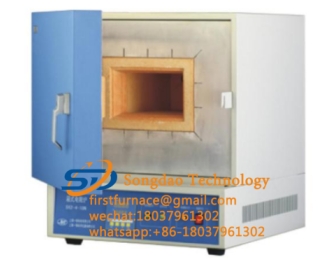- 28
- Feb
What are the reasons for the quenching deformation caused by the heat treatment of the experimental electric furnace
What are the reasons for the quenching deformation caused by the heat treatment of the experimental electric furnace
1. Uneven heating and cooling
The same part is heated in the experimental electric furnace, one side and the other side close to the thermocouple, the front side and the back side of the furnace, the contact surface and non-contact surface of the part, etc., all affect the heating. Try to keep it for a period of time, the surface temperature tends to be uniform, but the actual temperature and the holding time are different everywhere, and the structure transformation of quenching and cooling is also different. As a result, inconsistent quenching stresses result in deformation of the parts. Uneven cooling will also cause inconsistent stress and deformation, such as artificial uneven movement, the temperature of the part without the cooling liquid blows slowly, and the first oil and the second oil cause uneven cooling speeds, which leads to uneven cooling. Uniform deformation.
2. Heating temperature and holding time
Excessively increasing the quenching temperature, prolonging the holding time of the experimental electric furnace, and the presence of flake pearlite or punctate pearlite in the original structure compared with normal spherical pearlite, all increase the quenching thermal stress and organizational stress, thereby increasing the quenching of the parts Deformed. Therefore, in order to reduce the deformation of the parts, try to use a lower quenching temperature and appropriate holding time, and at the same time require the original structure of spherical pearlite with uniform size.
3. Residual stress
When the quenched parts are reworked, larger deformations are often produced. Even if the quenched parts are heated to the quenching temperature in an electric furnace, and the temperature is kept for a period of time, they will also produce greater deformation. This shows that the residual stress is in the experimental electric furnace. Played a role in heating. The parts after quenching are in a state of unstable stress, and the residual stress will not produce large deformation at room temperature. Because the elastic limit of steel is very high at room temperature, as the temperature increases, the elastic limit drops rapidly. If the heating speed is too fast to eliminate the residual stress during the heating process, the higher temperature will be retained. At higher temperatures, if the elastic limit is lower than the residual stress, plastic deformation will be caused, and the performance will be more obvious when the heating temperature is uneven.

